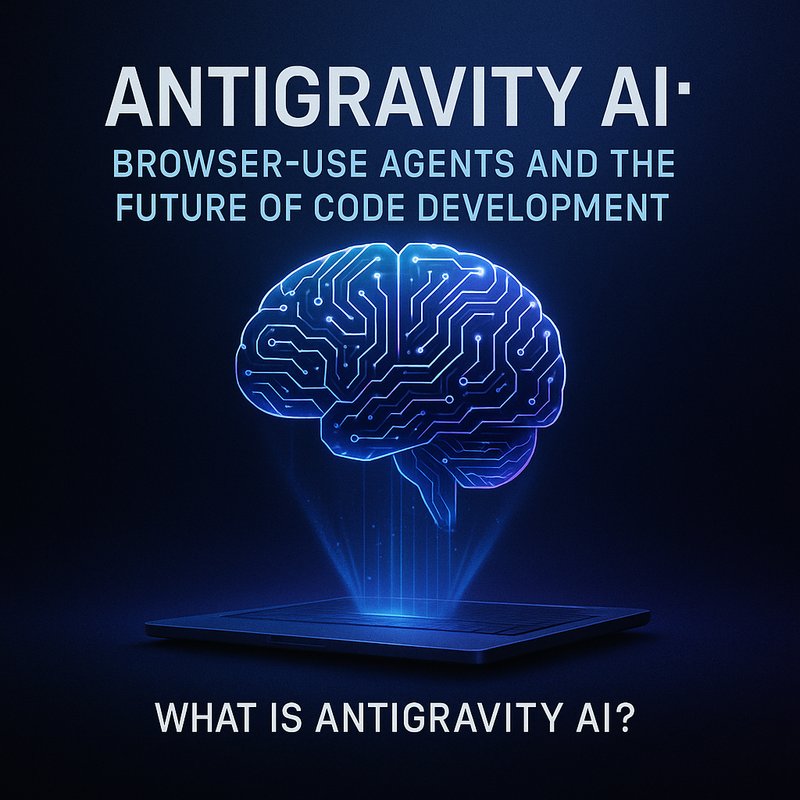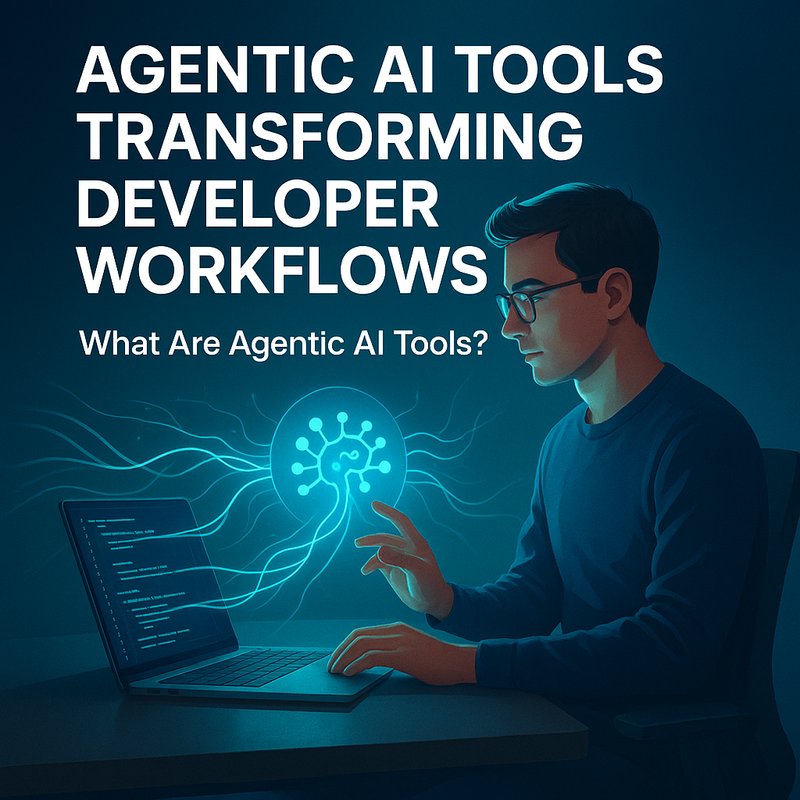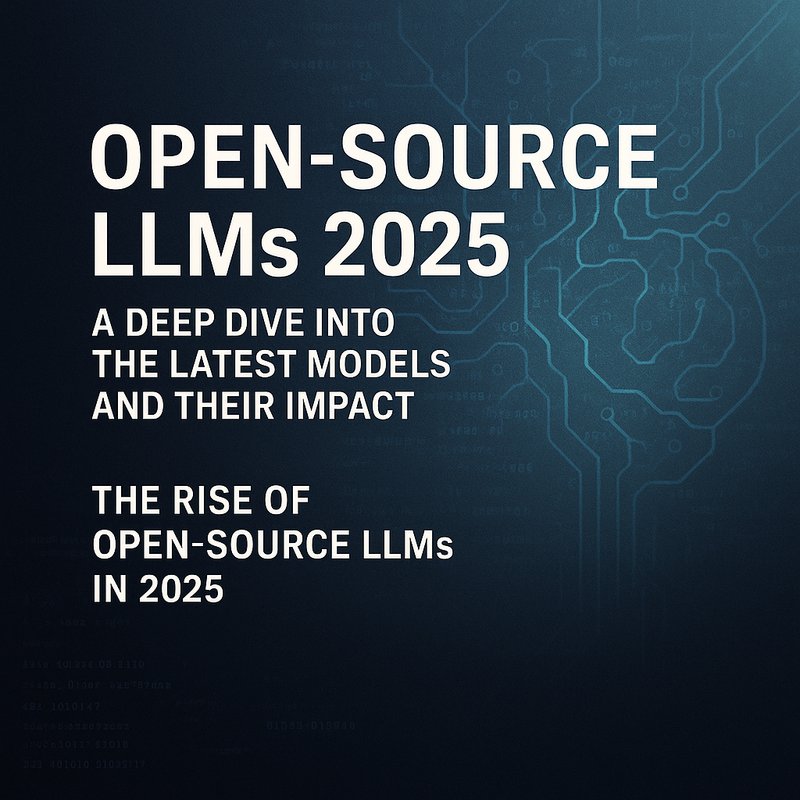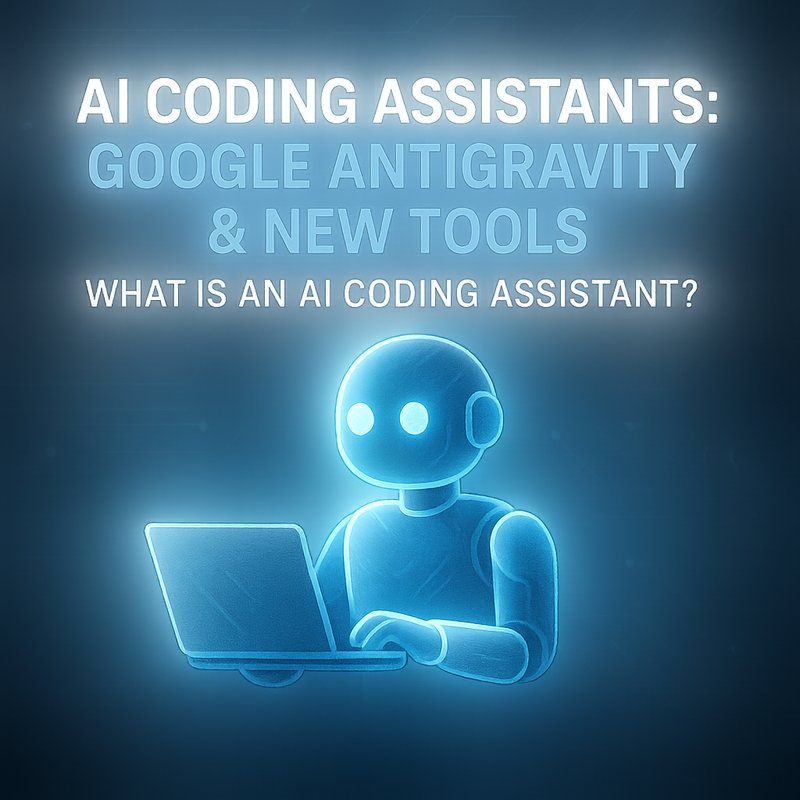Imagine you’re sipping your morning coffee and scrolling through the news feed. You spot a headline about cement—and yes, that everyday building material—being a major source of carbon dioxide. You think, “Cement? Really?” Yet, cement production accounts for roughly 8% of global CO₂ emissions. Ouch.
But here’s where it gets interesting: researchers are now using AI simulations to rework cement’s recipe. They’re blending data on chemistry, strength, and environment to find greener mixes—without sacrificing durability. It’s like baking a cake with fewer calories that still tastes great. Let’s explore how this digital lab could change construction, curb emissions, and even reshape our cities.
Why Cement Matters in the Climate Puzzle
Ever considered that the walls around you—or the road you drive on—carry a heavy climate price tag? When limestone and clay get heated above 1,400 °C, they release CO₂. That’s part of the chemical reaction, not just the furnace burning fuel. In fact:
- Every ton of cement produces about 0.8 tons of CO₂.
- Cement contributes nearly one in twelve parts of global emissions (IEA).
- Cities can’t grow—or repair—without it.
Reducing that carbon footprint is a must. Yet cement has to stay strong, weatherproof, and long-lasting. We can’t just swap it with foam. Enter AI simulations.
Enter AI Simulations: A New Recipe Lab
What strikes me is how AI can spot patterns our brains miss. Researchers feed algorithms data on past cement recipes—chemical mixes, performance tests, even lifecycle analyses. Then the AI runs thousands of “what if” scenarios in a virtual lab. No trucks hauling tons of concrete to testing sites. No weeks of waiting for samples to cure.
Data Gathering: The First Ingredient
First, you need a solid dataset. Teams collect:
- Chemical breakdown: percentages of limestone, clay, slag, fly ash.
- Physical properties: compressive strength, setting time, porosity.
- Environmental scores: CO₂ per ton, embodied energy, durability rating.
They pull data from academic papers, plant reports, and standards bodies like the UN Environment Programme. Every data point adds a new flavor to the simulation.
Modeling the Mix: AI at Work
Once data is in, AI models—often neural networks or evolutionary algorithms—seek promising recipes. Here’s what happens:
- Pattern detection: The AI learns which ingredient ratios lead to high strength.
- Trade-off analysis: It identifies mixes that cut emissions but might slow down setting time.
- Optimization loops: Thousands of candidate recipes compete in virtual trials. Lower-emission mixes that still hit strength targets get top scores.
It’s like having a hundred lab technicians running tests around the clock—but without the lab coats.
Predicting Performance in the Field
AI doesn’t just spit out numbers. It predicts how a mix will fare under real-world conditions:
- Hot, dry climates that speed evaporation.
- Cold, wet cycles that cause freeze-thaw damage.
- Marine environments with salt exposure.
Testing these virtually helps engineers shortlist only the most resilient recipes for physical trials.
Balancing Strength and Sustainability
Now, you might wonder: can a greener cement really match the classics? Industry standards are strict:
- Compressive strength: Buildings need a minimum of 20–40 MPa depending on use.
- Durability: Roads and bridges face traffic, frost, de-icing salts.
- Workability: Contractors need workable mixes that don’t clog pumps.
The AI simulation’s job is tough. It must juggle all those factors. One misstep and a promising low-carbon recipe could crack after a year of rain.
Real-World Wins: From Lab to Plant
A project out of Switzerland caught my eye. Researchers at ETH Zurich teamed up with local cement plants. They used AI to design a mix with 25% less clinker (the carbon-intensive part of cement) by incorporating slag and fly ash in optimal ratios. The plant cranked out trial batches, and:
- Emissions dropped by 28%.
- Strength met the 50 MPa target after 28 days.
- Setting time was only 2 hours slower than the standard mix.
In the U.S., a pilot at a Midwestern plant showed similar gains. They cut trucking costs by sourcing local industrial by-products, adding a circular-economy bonus.
Emissions Drop: Numbers and Impact
A recent report estimates that widescale adoption of AI-optimized mixes could slash cement-related CO₂ by up to 30%. Imagine that: roughly the same as taking 6 million cars off the road every year. (ScienceDaily)
Speed to Market: Faster Prototyping
Traditional trials can take months: mix design, casting samples, curing, testing. AI simulations shrink that timeline to weeks. Faster prototyping means:
- Lower R&D costs for cement companies.
- Quicker roll-out of eco-friendly blends.
- Rapid iteration when a new feedstock (like volcanic ash) becomes available.
Collaboration Across Disciplines
This isn’t just chemists and AI engineers in separate silos. It’s:
- Materials scientists advising on microstructure and durability.
- Environmental experts running lifecycle analyses.
- AI researchers fine-tuning algorithms to handle sparse data.
- Construction firms field-testing pilot mixes.
At Neura AI, for instance, our RTS agent helps teams gather the latest studies in real time, while Artifacto can draft reports summarizing simulation results—all in minutes. That kind of coordination speeds discovery.
Beyond Cement: A Template for Green Materials
If AI simulations can reshape cement, what about other materials?
- Steel alloys with recycled scrap blends.
- Chemically advanced ceramics for high-temperature applications.
- Bio-based polymers that degrade safely after use.
The digital approach translates: feed in data, simulate performance, pick the winners, then scale.
Challenges to Overcome
But wait—it’s not all smooth sailing. A few hurdles remain:
- Industry inertia: Big players stick to tried-and-true processes.
- Regulatory approval: New mixes need certification from bodies like ASTM and EN standards boards.
- Data gaps: Remote plants may not have detailed records on past recipes.
- Scalability: Lab gains must hold up in 10,000-tonne daily production runs.

On the flip side, organizations that embrace AI-driven design can leap ahead of competitors. It’s a tightrope: innovate fast, but ensure safety and reliability.
The Road Ahead: What Comes Next
So, where do we go from here?
- Standardized data sharing: Cement firms could pool anonymized recipe data to enrich AI models.
- Open-source simulation tools: Universities might release vetted AI frameworks for public use.
- On-demand AI-assisted labs: Imagine cloud-based platforms where you upload compositions and get optimization reports in hours.
- Integration with digital twins: Construction sites could sync real-world sensor data with AI predictions to adjust mix designs on the fly.
What’s exciting is that these steps already exist in prototype form. With platforms like Neura Router, RDA agents can route simulation requests to specialized models and return actionable insights in real time.
Conclusion
The cement industry has long seemed stuck between bricks and a hard place: massive emissions on one side, unbreakable strength on the other. AI simulations are building a bridge. By modeling thousands of recipes, predicting real-world performance, and collaborating across fields, we’re finally rethinking the core of our built environment.
The bottom line? Greener cement is within reach—and AI is the lab partner we didn’t know we needed. Next time you pass a new building or a repair crew on the highway, consider that the future of construction might be as much digital as it is material. And that’s something worth raising a coffee cup to.









